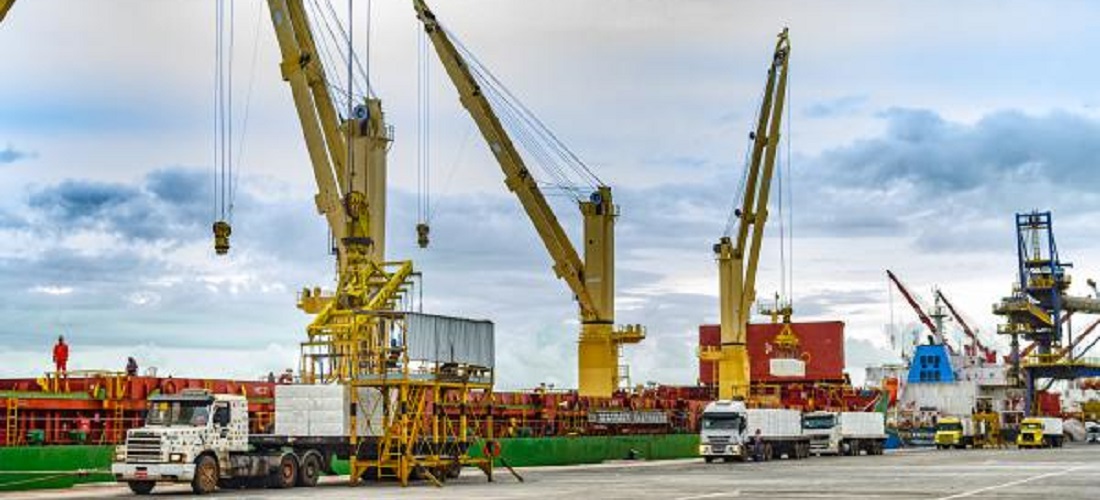
Port of Itaqui Ranks 4th Among Brazil’s Public Ports
Feb, 19, 2024 Posted by Gabriel MalheirosWeek 202408
The Port of Itaqui has secured its place as the 4th largest Public Port in Brazil, according to data from ANTAQ, released on Thursday (Feb. 7). Last year, the Port of Itaqui recorded an exceptional cargo throughput of over 36 million tonnes, a record for the port. In the regional context, the Port of Itaqui stands out as the 1st in the so-called ‘Northern Arc’ and the 1st in the North/Northeast region in terms of throughput.
ANTAQ pointed out that the Port of Itaqui handled 36.3 million tonnes in 2023, up 8.22% in overall cargo throughput compared to 2022. This performance places the Port of Itaqui as the fourth-best public port in the country, behind only the ports of Santos, Paranaguá, and Itaguaí. The recognition of the Port of Itaqui as the main public port in Brazil’s North-Northeast axis is made evident by data indicating a significant growth of 14.08% in the solid bulk segment, totaling 26.3 million tonnes.
The liquid bulk sector reported 8.3 million tonnes. Soybeans are among the most popular products exported through the port, accounting for 13 million tonnes. Petroleum and its derivatives accounted for 8 million tonnes, followed by corn (7 million tonnes), fertilizers (4 million tonnes), and cellulose pulp (2 million tonnes). These figures reflect the relevance and diversity of the products that pass through the port.
The chart below the top most exported goods through the Port of Itaqui between January and December 2023. The data is from DataLiner.
Top Exports | Itaqui Port | Jan 2023 – Dec 2023 | WTMT
Source: DataLiner (click here to request a demo)
Northern Arc in evidence
The report released by ANTAQ also reveals that the waterborne movement of soybeans and corn from the ports of the Northern Arc exceeded that of the rest of the country. According to ANTAQ’s data, 100.8 million tonnes of grains were transported in 2023, compared to 88.5 million tonnes in the previous year. Meanwhile, below the parallel 16°S, the volume reached the mark of 100.2 million tonnes.
The Northern Arc has become a fundamental alternative for the export of soybean and corn production in the country, two commodities that, in the last 13 years, have seen their exports triple and quintuple, respectively, making Brazil the largest exporter of these commodities. Brazil accounts for 58% of global soybean exports and 27% of corn exports today, according to data from the United States Department of Agriculture (USDA).
-
Ports and Terminals
Dec, 30, 2022
0
Suape Port Complex launches 2035 Development Plan
-
Ports and Terminals
Apr, 25, 2021
0
Dredging at Port of Antonina will create new business opportunities
-
Fruit
May, 18, 2022
0
Papaya exports fell 18% in 2022 so far
-
Grains
Jul, 07, 2021
0
Grain production will grow 27% over the next ten years, reaching 333 million tons


